Top 10 ✨ Quechua MH900, Waterproof Hiking Rain Jacket, Men’s ✨
$100.00 Original price was: $100.00.$80.00Current price is: $80.00.
- Experience the Best Quality
- The quality you expect, the service you deserve.
- The best quality products, always.
- Safe Transactions, Happy Customers

Hike in all weathers! The MH900 jacket will protect you in all weather conditions thanks to its waterproof, breathable membrane and 100% waterproof zipper.
Our team of enthusiasts designed this jacket at the foot of Mont Blanc, for very regular mountain hikes, even protecting you from a thunderstorm.
Sizing and fit information
Fitted cut. The inner volume allows you to wear it over a warm 2nd layer such as a down gilet or technical padded jacket. Construction and component allowing increased ease of movement in the shoulders and arms.
Hood
Deep and enveloping. 3-point adjustment system (height, depth, and volume) with 1 elastic drawstring + toggle. Adjustable with 1 action!
Stiff visor for maximum face protection.
Pocket system
Outer: 4 large hand pockets closed with waterproof zippers. 2 chest pockets and 2 hand pockets.
Inner: 1 waterproof zipped pocket + 2 quick access mesh pockets.
Protection
Double tightening with an elastic cord and toggle at the hem.
Wrist tightening with Velcro.
MAIN COMPONENT
3-layer component with membrane
Component with membrane or coating
– A coating is like a kind of paint applied to the inside of the fabric that makes the component waterproof while remaining breathable. It is often less costly than a membrane, and requires a lining for protection.
– The membrane is a kind of very thin plastic film (polyurethane) that makes the component waterproof while remaining breathable. It has the advantage of being more flexible, lighter, more durable and often more breathable than a coating.
Jacket construction with membrane
– 3 layers: The membrane is glued between the outer fabric and the inner fabric. Used for resistant and high-performance jackets
– 2.5 layers: The membrane is glued under the outer fabric and protected by a thin film on the inside. Used for lightweight jackets.
– 2 layers: the membrane is glued only to the outer fabric; the inner protective lining is free. Used for comfortable jackets
Component waterproofing
The resistance of a fabric to water pressure is expressed in terms of the height in mm of a water column (test based on the ISO 811 standard). The higher the pressure, the more waterproof the fabric. A component with a 15,000 mm waterproof rating is therefore resistant to the pressure exerted by a 15,000 mm column of water (which roughly corresponds to a 4-hour thunderstorm).
Water resistance of the jacket
This garment has been validated in a shower test under 450 L/m²/hour of water for 4 hours. This test reproduces the average conditions of a mountain storm.
For the most curious, all the details are here:
https://conseilsport.decathlon.fr/conseils/comment-mesurer-limpermeabilite-dune-veste-de-randonnee-tp_10515
Component breathability
To find out whether a fabric is breathable, we test its evaporative resistance or RET (based on the ISO 11092 standard). The lower the fabric’s resistance, the more water vapor generated by physical activity can escape, and the higher the fabric’s breathability. For example:
RET < 3 = extremely breathable fabric
RET ≤ 6 very breathable fabric
RET ≤ 12= breathable fabric
RET ≤ 20 = little or no breathability
Breathability of the jacket
In addition to the breathability of the fabrics used, Quechua develops technical solutions (zippers, air vents, mesh, etc.) to improve the overall ventilation of all its jackets and overpants designed for use on long hikes (Forclaz, Bionnassay and Helium lines). These ventilation systems regulate the temperature inside the garment while also helping to eliminate the perspiration generated by the body during physical activity.
How to restore the water-repellent properties?
The water-repellent property of a fabric is its capacity to make water run off its surface without absorbing it to prevent the material from soaking up water. The water-repellent property is obtained by applying a treatment to the outer surface. This treatment needs to be restored during the lifetime of the garment (we recommend every 3 washes).
All the details you need to restore the water-repellent properties:
https://www.quechua.fr/conseils/comment-reactiver-la-deperlance-de-sa-veste-a_86425
Product environmental impact comparison score
The environmental impact of the product is calculated over its entire lifecycle using different indicators. An overall score from A to E is given to help you easily identify the most eco-friendly products by comparing products of the same type (T-shirts, pants, backpacks, etc.). Decathlon is committed to displaying the environmental Information of its products. For more information: http://sustainability.decathlon.com/
Breathability of the garment
In addition to breathability of the fabrics used, Quechua develops technical solutions (zippers, ventilation, mesh, etc.) to improve the overall ventilation of its backpacking jackets and overpants designed for great hiking use (Forclaz, Bionnassay and Helium lines). These ventilation systems allow you to regulate the temperature inside the garment and also to facilitate the transfer of perspiration generated by the body during physical effort.
Water-repellent property of the component
A fabric is water-repellent when it allows water to slide over its surface without seeping in. This prevents the fabric from swelling and keeps it lightweight, breathable and warm. The water-repellency is obtained by a treatment applied on the outer surface of the fabric. This treatment must be renewed throughout the garment’s lifetime (recommended after every 3 washes). All Quechua waterproof jackets have received a water-repellent treatment.
Product environmental impact comparison score
The environmental impact of the product is calculated over its entire lifecycle using different indicators. An overall ABCDE mark is given to help you easily identify products with the best environmental performance by comparing similar products to each other (T-shirts, pants, backpacks, etc). Decathlon is committed to displaying the environmental data of its products. For more info: http://sustainability.decathlon.com/
Composition
Main fabric : 78.0% Polyamide, Main fabric : 22.0% Polyester cationic
Outer fabric : 100.0% Polyester cationic
Coating : 100.0% Polyurethane
Inner fabric : 100.0% Polyester cationic
Pocket : 74.0% Polyester cationic, Pocket : 26.0% Spandex
Waterproof : Storm protection (6 feet of rain in 4 h) 3-layer membrane 15,000 mm Schmerber
Ventilation : 17.7″ side openings
Freedom of movement : Stretch component and ergonomic cut for freedom of movement.
Breathability : Perspiration-wicking component (RET = 6)
Lightweight : Weight: 1.2 lbs in size M. The best weight/protection/resistance ratio.
Compact design : Lightweight & compressible for a min. of weight & space at the bottom of the bag
| Color | Carbon Gray |
|---|---|
| Size | XS, S, M, L, XL, 2XL, 3XL |
Be the first to review “Top 10 ✨ Quechua MH900, Waterproof Hiking Rain Jacket, Men’s ✨” Cancel reply
Related products
Hiking Clothing
Camp Furniture
Hiking Clothing
Camp Furniture
Hiking Clothing

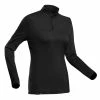

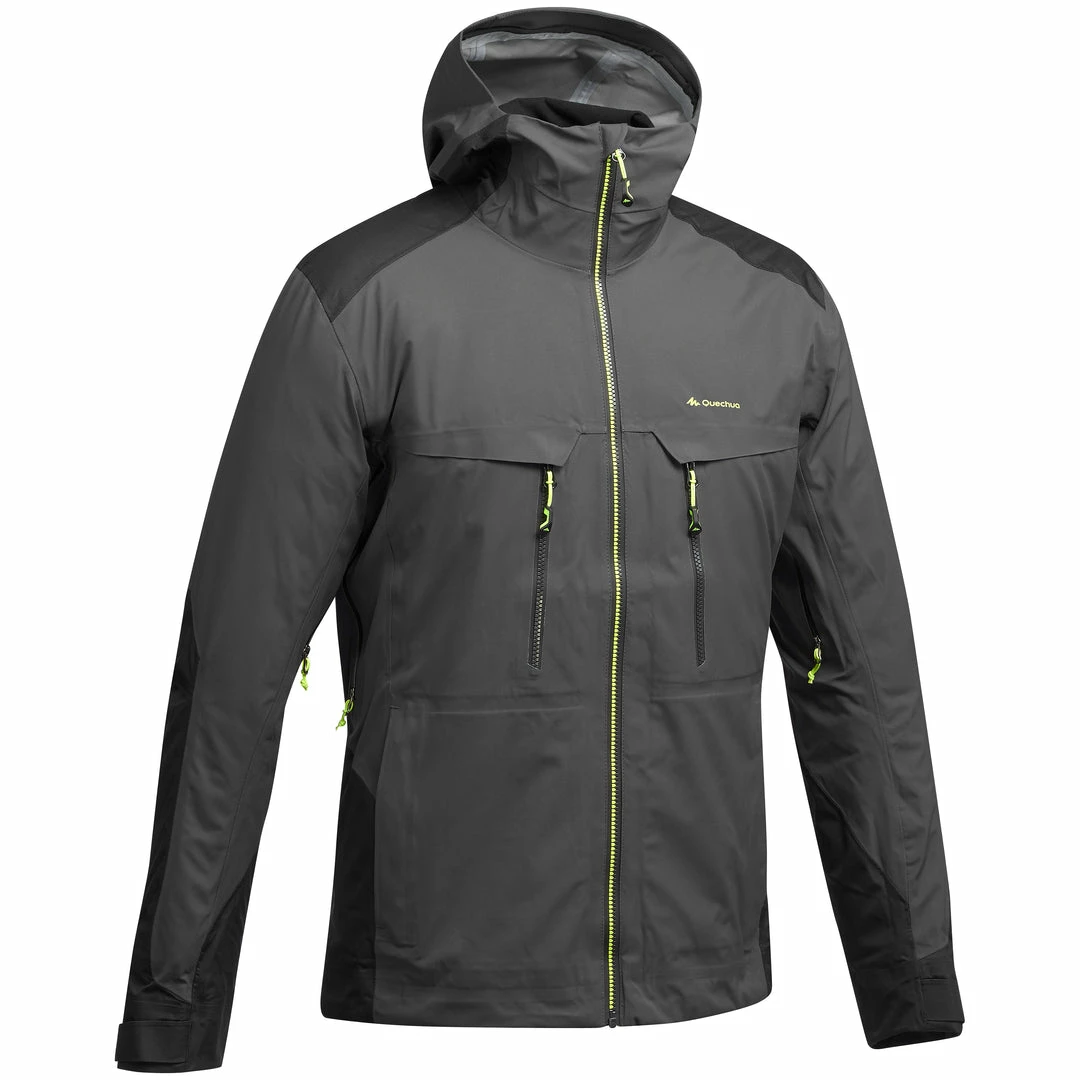

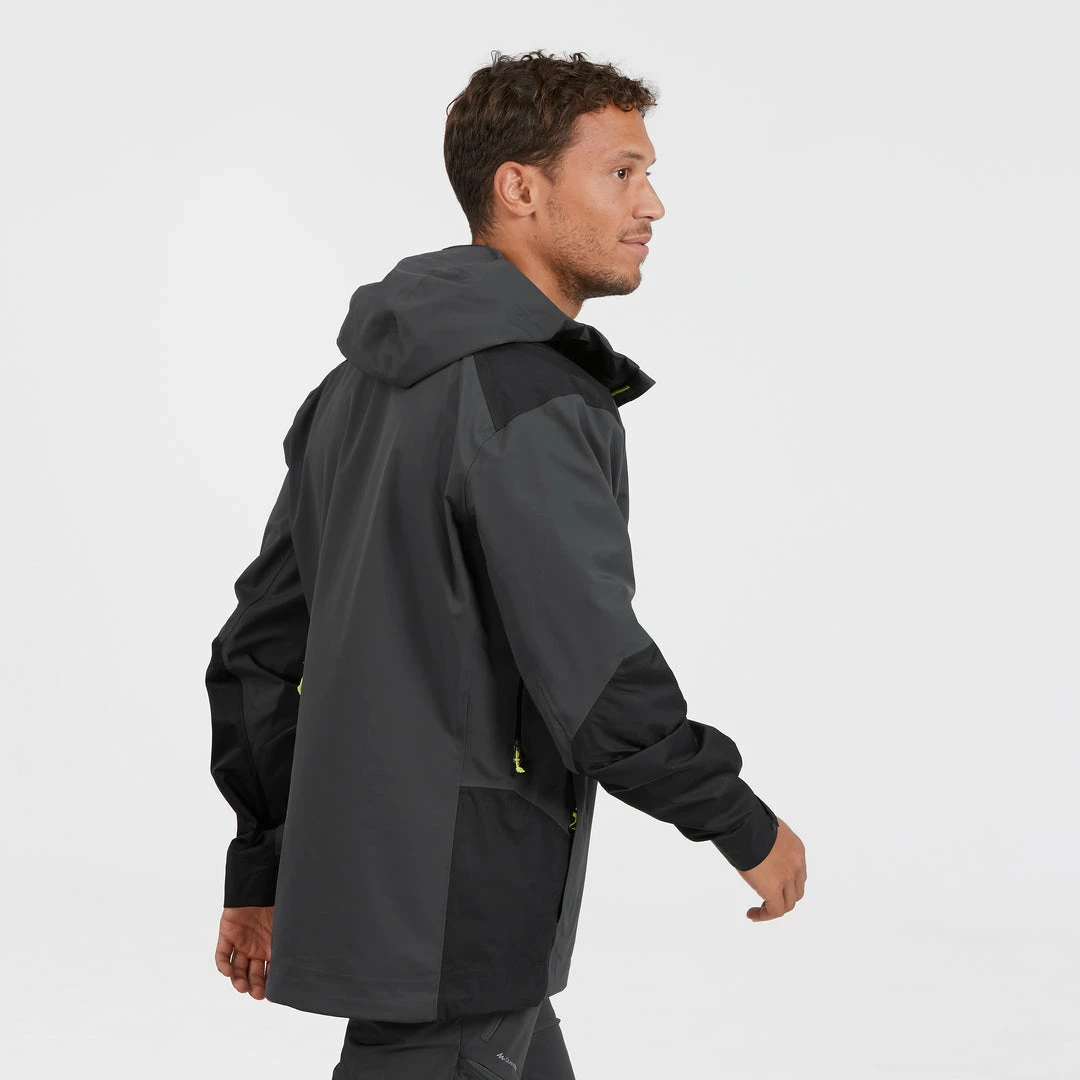
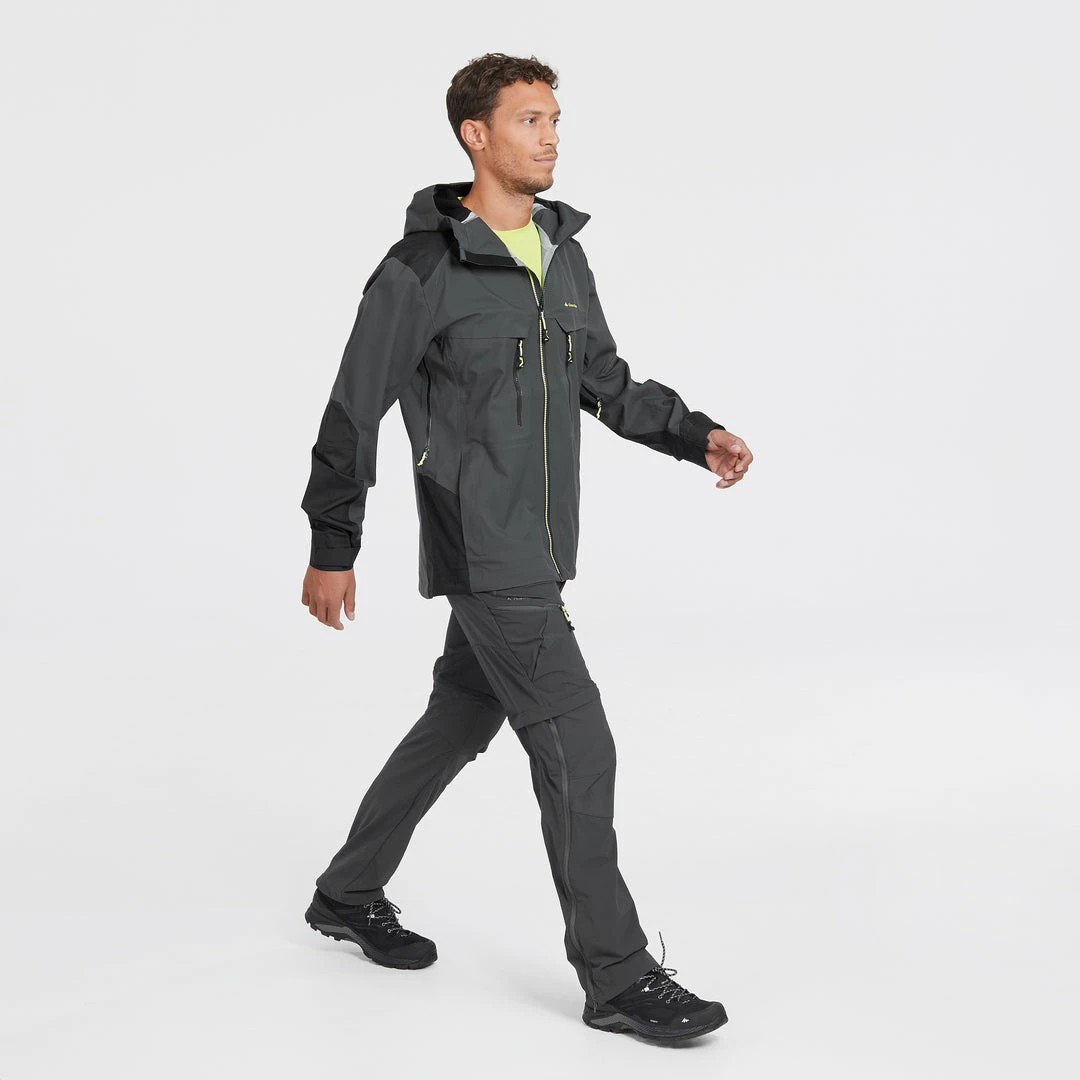
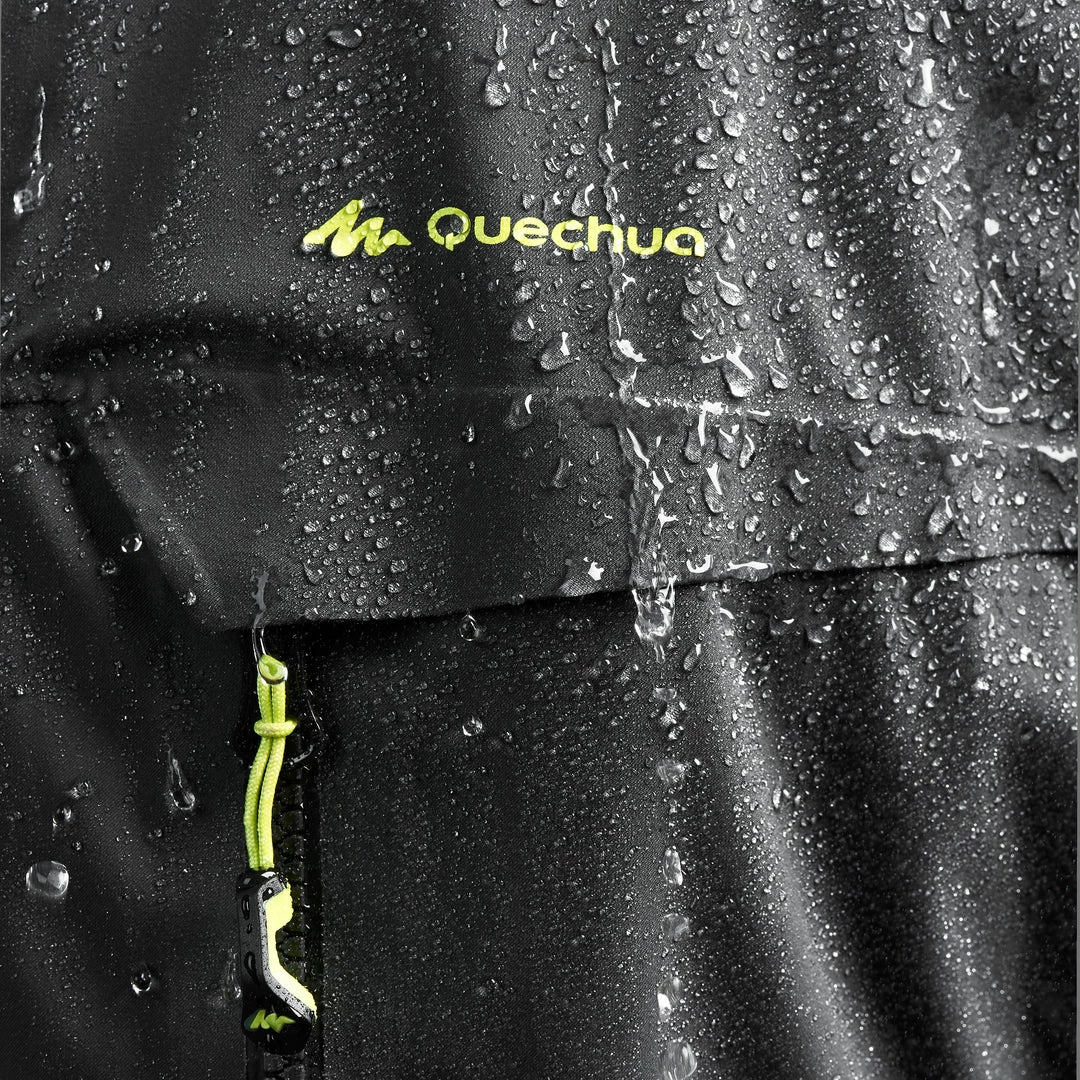

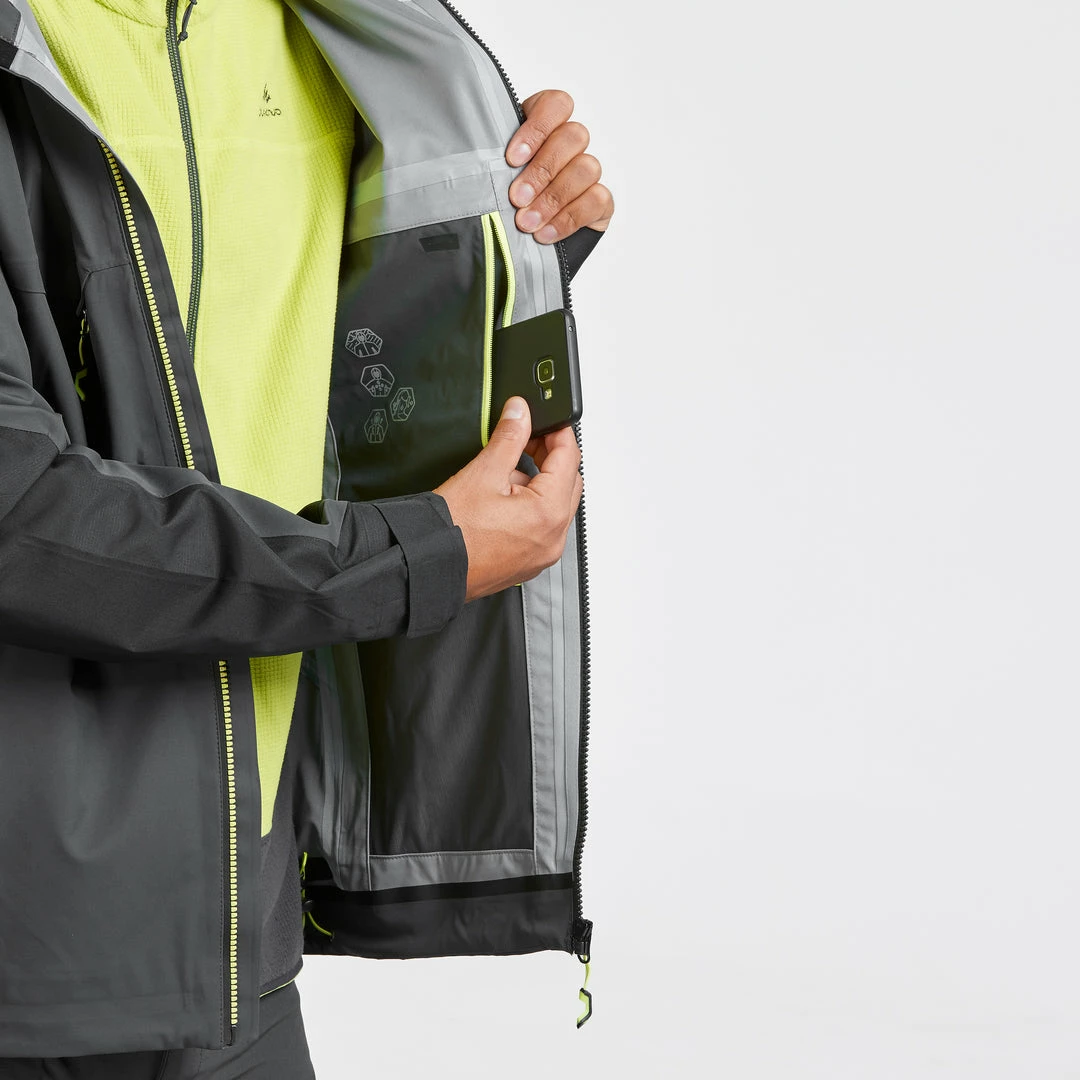

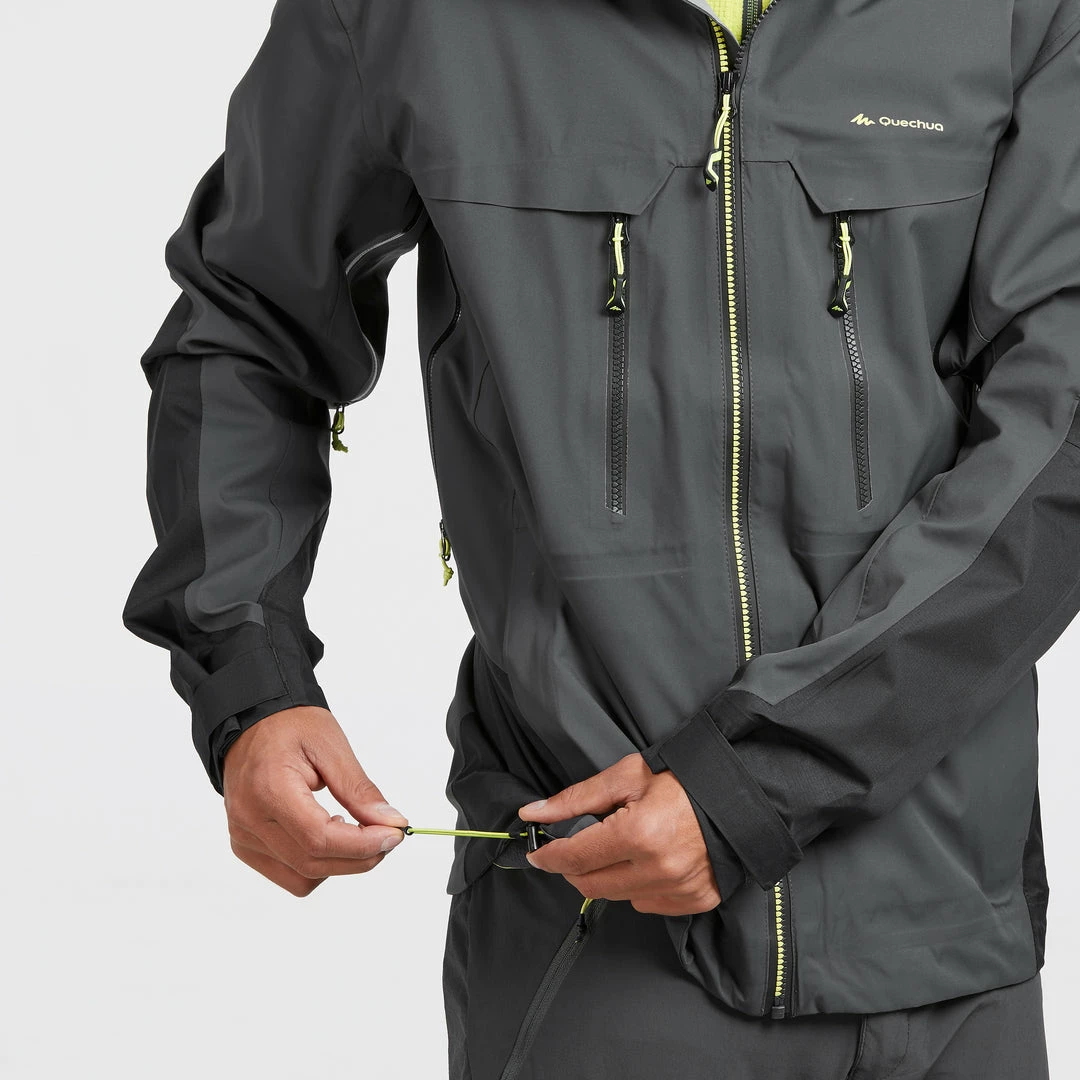
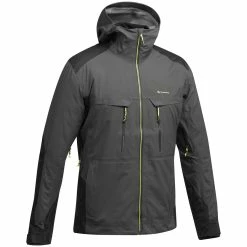
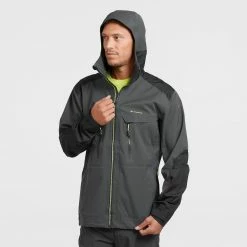

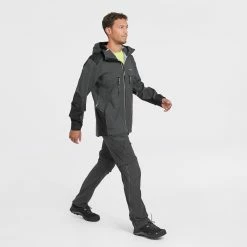


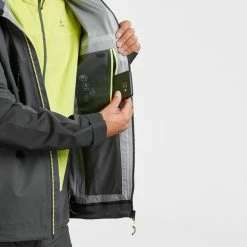













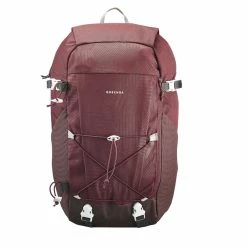


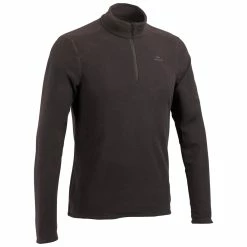
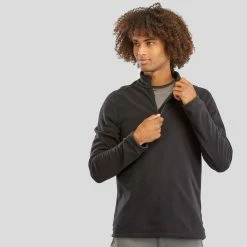
Reviews
There are no reviews yet.